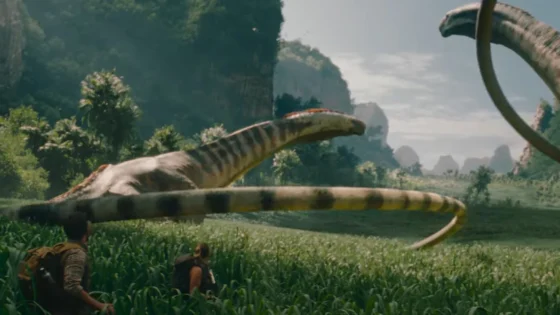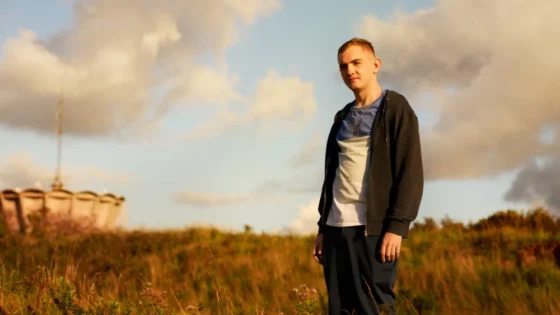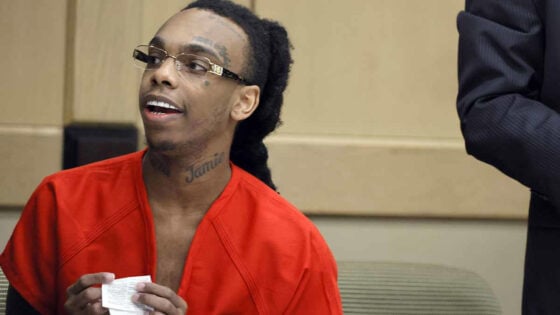Film
Vanishing On 7th Street is Hit and Miss
Brad Anderson carries his affection for old-fashioned thrillers with his apocalyptic thriller Vanishing On 7th Street.
10 Years Later: Revisiting Brad Anderson’s Apocalyptic Thriller
Having established himself as a talented director of cinematic terror with Session 9 and The Machinist, Brad Anderson once again carried his affection for old-fashioned thrillers with his apocalyptic thriller, Vanishing On 7th Street. Taking inspiration from a scenario you’d expect to see in classic TV shows such as The Twilight Zone or Outer Limits, Anderson conveys a refreshing approach to the overly familiar “sudden armageddon” conceit.
This apocalyptic thriller focuses on four survivors of a mysterious supernatural occurrence who after a global blackout, awaken to discover the majority of the population has disappeared. The small handful of survivors (Hayden Christensen, Thandie Newton, John Leguizamo and Jacob Latimore) band together inside a desolate tavern struggling to survive as the darkness hones in on them.
In an interesting concept that plays out like a small-scale version of I Am Legend, the monsters are not zombies but shadows. Days become shorter, hours become longer and only those who cling to some other form of light can escape the encroaching darkness. With their light sources slowly dying, they must find alternative ways to illuminate themselves before they too fall victim to the dark.

In a film where darkness and light play such a key role, it’s no surprise that the star of the picture is cinematographer Uta Briesewitz. Using Digital Red One photography, Briesewitz effectively crafts a stark, moody and expressive look, and although the majority of the movie is shrouded in darkness, you can clearly make out what’s happening on screen. The dark murky tones and deep bleak shadows of the sparse Detroit setting lends a plainly apocalyptic feel.
Anderson leaves no doubt that he is one of the finest stylists to recently emerge in genre filmmaking. Choosing to not rely on too much on CGI, he instead uses natural shadows to bring the living darkness to cinematic form. The visual effect is wholly original and extremely effective in catching the alienation and basic primal fears of it’s characters.
Two other key elements Anderson uses to keep the chilling mood going is the excellent soundtrack (that features many sixties artists such as Phil Spector and The Marvelettes) and the ominous score by composer Lucas Vidal. The combination of the two not only enhance the mood but give the film a retro feel, leaving one to think that 7th Street would have made a better period piece.

Yet despite the promising premise and talent involved in the brooding atmosphere, the script is somewhat of a letdown. Vanishing On 7th Street feels like director Brad Anderson’s first stab at the mainstream, with dialogue that is sci-fi standard-issue, and suffers from a poor performance by Thandie Newton. 7th Street is also a classic case of a movie that hints at some interesting theories (both mythological and religious in nature) but never finds the time to conceptualize them in a compelling fashion. The best horror / thrillers carry some sort of message, moral, or subtext beneath the surface, but Vanishing on 7th Street sends out mixed signals.
Anderson did bring out a new-found maturity in Hayden Christensen, but it’s still not enough for the actor to effectively anchor the film. He is both likable and unpleasantly selfish, a character struggling to hide his own panicked fears and emotions while the actor struggles in finding chemistry with his supporting cast. Luckily, audiences are treated to newcomer Jacob Latimore, who is nothing short of fantastic. In bringing both bravery and vulnerability to the role of a suddenly orphaned twelve year old, Latimore is in many ways the true hero of the film.

Give credit where credit is due; Brad Anderson isn’t interested in mind numbing action sequences, disposable victims or expensive CGI. He is fully aware that a fright film doesn’t need to be awash in blood and elaborate special effects – but Vanishing still never quite finds its skin. In less than 90 minutes, Vanishing seems to extract two reactions: 70 minutes of nail-biting and 20 minutes of eye rolling.
– Ricky D


































